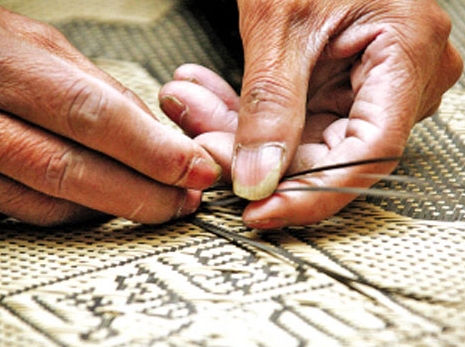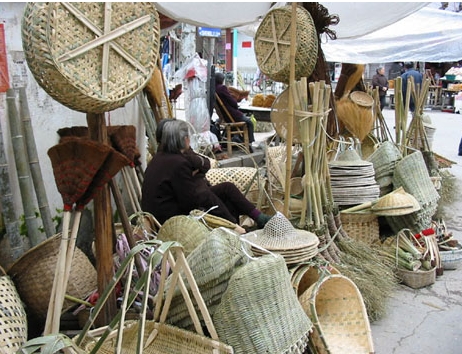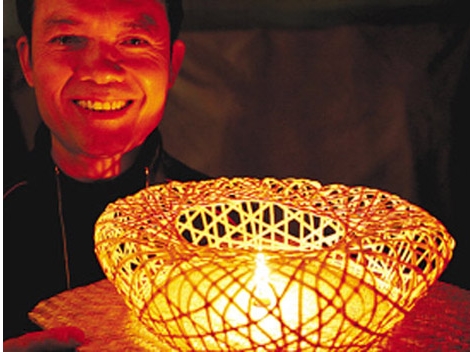
China is rich in bamboo resources and has a long history of using and planting bamboos. As early as over seven thousand years ago, our ancestors started to explore how to use bamboos. Many places of China are well-known for their distinctive bamboo products and bamboo weaving products, for example, Jiang'an of Sichuan Province, Hunan and Hubei Provinces, as well as Dongyang, Shengxian and Anji of Zhejiang Province. According to relevant records in the Qing Dynasty and the Republic of China, Rui'an County was rich in bamboo plants and bamboo products. The rich bamboo resources in the area have fostered a lot of bamboo craftsmen and a distinctive tradition of choosing bamboo-related jobs. According to a professional, as early as in the 1960s, in some bamboo weaving factories of Quanzhou, Fujian Province, craftsmen from Rui'an had already been employed as technicians.

However, for the past few generations, local craftsmen often made bamboo weaving farm tools or daily necessities. The craft of bamboo weaving, like those of other sectors, is passed on to the apprentice by the master while weaving or repairing the products so that the craft can be inherited from generation to generation. It is said that the apprentices need three years to learn the craft in general. Some brilliant ones do not need that long, while some may have tried more than three years but still fail to become independent. This is in accordance with the saying, "Have a master at home, train your skills on your own."

The bamboo craftsman cleaves the bamboos into flat or thin bamboo strips of different sizes according to different products. Cut one section of a bamboo as is required, split it into vertical halves, smooth the bamboo joints and cleave the halves into strips. Afterwards, remove the green scarfskin and the inner yellow surface, and cleave the strips into thinner strips layer by layer. It is said that the strips can be divided into seven to eight layers at best. Thereafter, scores of big or small procedures are required. For example, boiling is required to finalize the shape, soften the thin strips and avoid cracking when going through the plane. The strips are to go through a plane to ensure the same thickness and through a conduit to ensure the same width. Besides, there are also procedures like dyeing, plating and polishing. As the saying goes, from a bamboo section to thin bamboo strips, it all depends on the knife in the hand of a craftsman.






